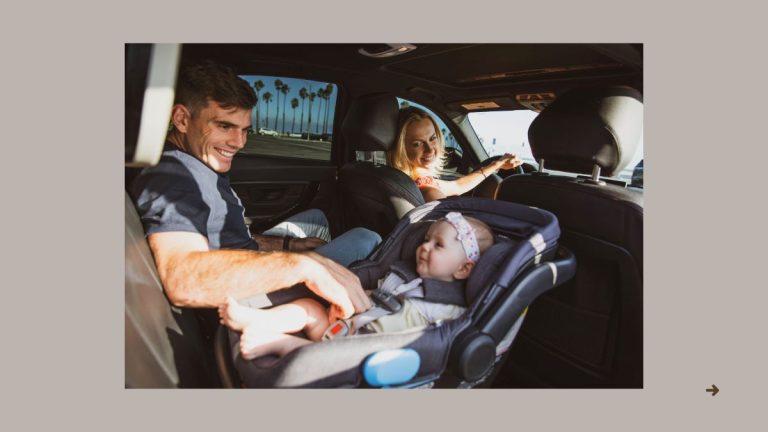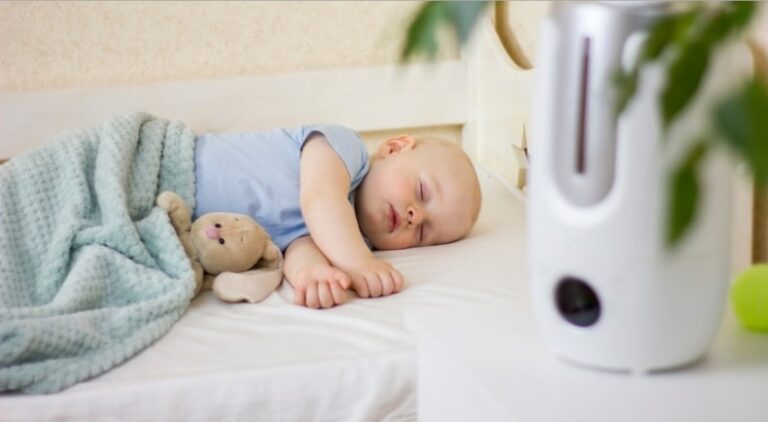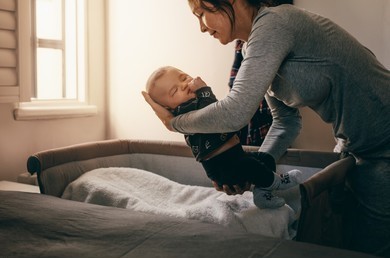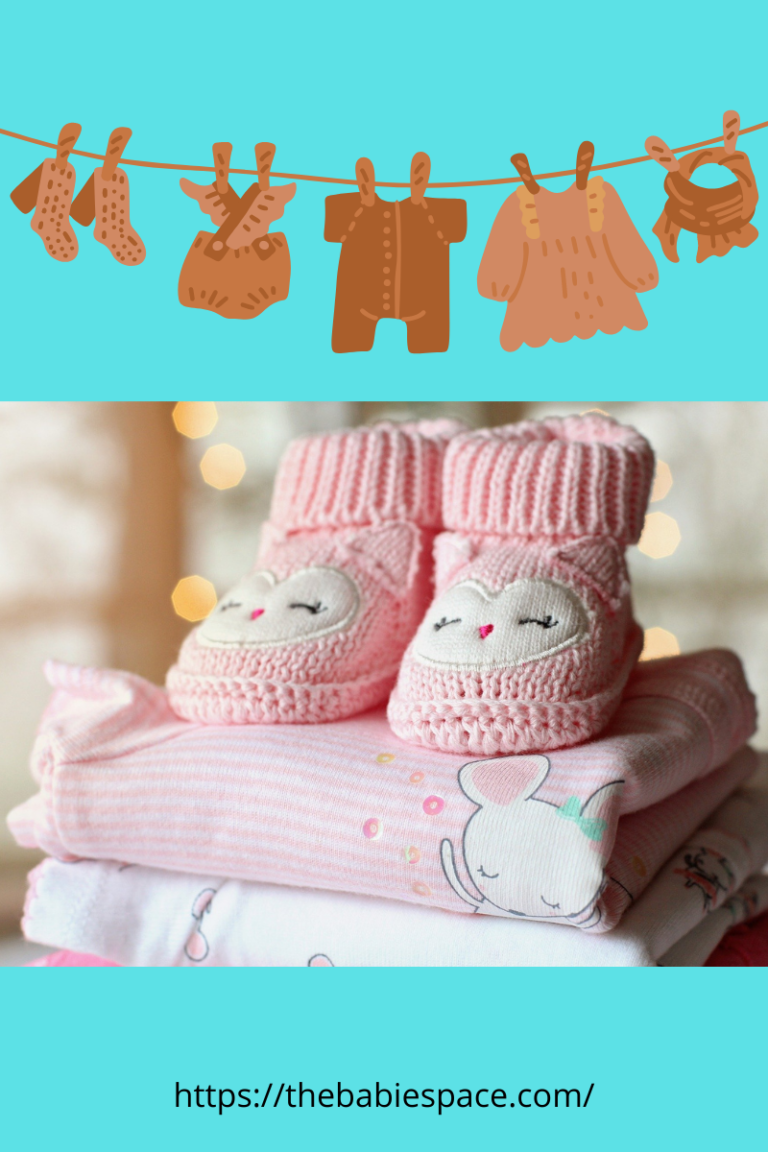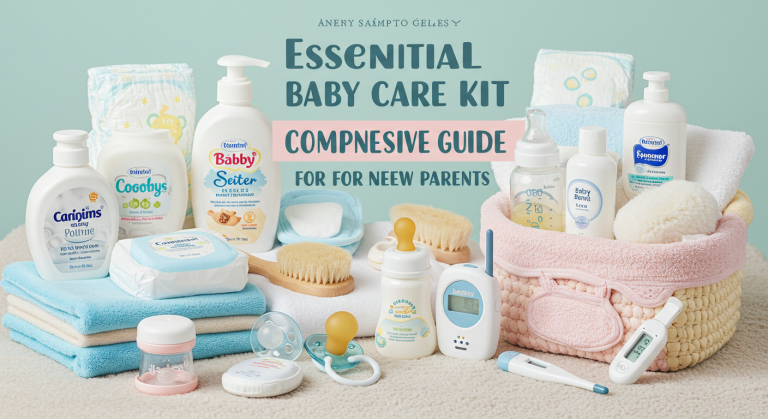HOW LONG CAN BABY SLEEP IN PACK N PLAY
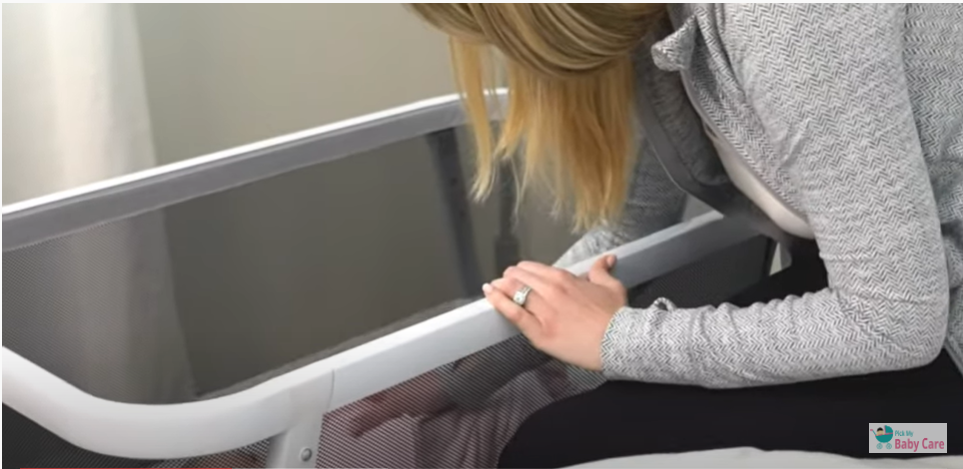
Last updated on August 15th, 2025 at 01:11 pm
Ensuring your baby’s sleep environment is both safe and comfortable is a top priority for parents. A Pack ‘n Play offers a versatile solution, serving as a portable crib and play area. But how long can baby sleep in Pack N play safely is a genuine concern ? Understanding the appropriate usage duration and safety guidelines is essential for your child’s well-being.
In this post I’ll help you to discover how long your baby can safely sleep in a Pack ‘n Play. Learn about recommended usage durations, safety guidelines, and tips to ensure a secure sleep environment for your little one.
A Pack N Play is perfect for co-sleepers who want to allow their babies to feel them nearby at night, but they can have their own designated sleeping space. They are very versatile pieces of baby gear.
How long can Baby Sleep in Pack N Play Every Night?
Yes, but there are important safety considerations. Let’s break them down.
Is a Pack & Play Safe for Overnight Sleep?
Most Pack & Plays meet the safety standards set by the Consumer Product Safety Commission (CPSC). As long as you use the manufacturer-approved mattress and follow safe sleep guidelines, your baby can sleep in it overnight.
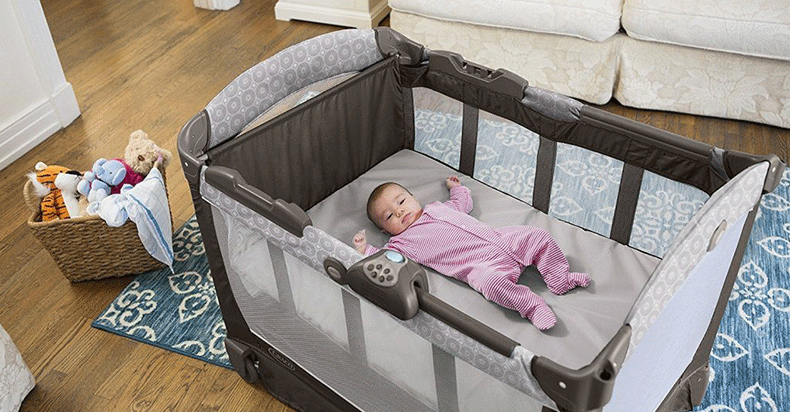
Pack and Play Sleep Duration: What Parents Need to Know
As long as it’s comfortable for the baby, there is no set limit on how long they can sleep in a pack and play. Some babies will sleep in them for hours, while others will only nap for 45 minutes or so at a time. It all depends on your child and what they are used to sleeping in.
It all depends on your child and what they are used to sleeping in. Many parents worry that their baby will be too uncomfortable or hot to sleep in this confined space, but it turns out that they can sleep comfortably here for up to three hours.
Pack & Play Sleep Safety Guidelines
To ensure your baby sleeps safely, keep these rules in mind:
Use the Right Mattress
Stick to the thin, firm mattress that comes with the Pack & Play. Adding extra padding can increase the risk of suffocation.
Follow Safe Sleep Practices
- Always place your baby on their back.
- Keep the sleep space free of blankets, pillows, and stuffed animals.
- Ensure proper ventilation and avoid overheating.
Know the Weight & Height Limits
Most Pack & Plays support babies up to 30 lbs or 35 inches in height. Once your child can climb out, it’s time to transition.
When to Stop Using a Pack & Play for Sleep
Your baby will outgrow their Pack & Play eventually. Here’s when to make the switch:
Signs It’s Time to Move to a Crib or Toddler Bed
- Your baby exceeds the weight or height limit.
- They try to climb out.
- They seem uncomfortable or sleep less soundly.
Can you put a mattress in a pack and play?
A Pack N Play is a smaller framed, portable crib that can be folded to fit into its own included carrying bag. It does have its air-filled mattress but it will only fit the pack and play itself – if you want to let your baby soft cushiony feel while he sleeps you can put an infant or toddler mattress inside the pack and play on top of the air mattress.
The Pack N Play comes with a few complaints, the main one being that it’s difficult to get the air mattress to stay inflated. If you’re using it frequently or for an extended period, you’ll likely need to top off the air mattress occasionally.
Many pack and play mattresses are thin, which is the main drawback. If you find that your baby’s pack and play is too uncomfortable, pad it with a blanket. You can also add a layer of foam or padding. To have a firm mattress just place an infant or toddler mattress inside the pack and play on top of the air mattress. This will be comfortable for your baby to sleep on.
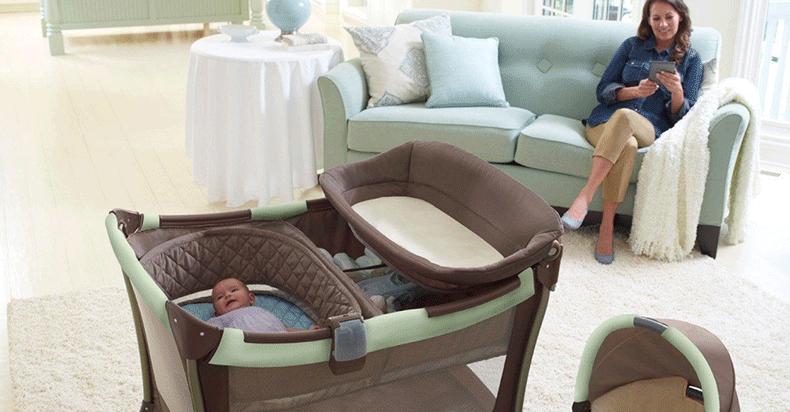
Pack and play age limit
| Newborn to 3 months | Safe for naps and overnight sleep. |
| 3 to 6 months | Still safe, but check weight limits. |
| 6 to 12 months | Most babies can continue using it, but mobility increases. |
| 12+ months | Some toddlers outgrow it, while others sleep comfortably until 18-24 months. |
Pack ‘n Plays are sturdy and durable but they aren’t meant to last forever. Once your child can easily roll over in it or is trying to climb out, it’s time to move them to a crib.
As long as the baby isn’t crying or complaining about being bored in there, let them stay. Babies younger than 3 months don’t have the head strength to lift their heads very much, so they shouldn’t be in a sleep position where they could accidentally roll over.
If your child is not yet standing, and if they can’t walk to the edge of the playpen and pull themselves upon it, then you shouldn’t be switching them out until around 4-6 months of age – unless, of course, they want to go at a younger time frame.
If your baby started using the Pack n’ Play at 3 months or younger, it is recommended to switch at around 4-6 months. If your child is over 6 months old, it is recommended to switch at around 8-10 months old.
The Pack n’ Play should not be used as a permanent sleeping space for babies over 12 months old. Babies can start transitioning out of the Pack n’ Play and into a crib when they can roll over, sit up, and climb out of the play
Pack and play weight limit
Pack and play weight limit according to the makers of Fisher-Price is not more than 30 pounds. While most manufacturers tend to say that their pack and plays can hold up to 30 lbs., we found a wide range of recommendations on what’s the maximum pack and play weight limit.
Since a playpen is a temporary structure, the actual weight limit depends on the age of the baby and how heavy he or she is. If you’re not sure what to do with your pack and play once your baby outgrows it, you can always deconstruct it and use its components for other activities around the house.
How to put baby to sleep in a pack and play?
The best place for the baby to sleep in the pack and play. The mattress should be fixed in a way that it should not sag to the center of the pack and play. If possible, use a thin, firm blanket to make it more comfortable. It will be good if you provide extra bedding to keep your baby warm during the winter season because at times babies feel cold.
Place a lightweight, thin comforter in the bottom of the playard. The fabric will wick away your baby’s heat and may help prevent overheating. It also helps to make “quiet time” more muffled for you because it dampens surrounding noise.
Use a soft, breathable pillowcase for this type of bedding to avoid any loose fibers from the fabric getting on your baby’s skin or in their mouth.
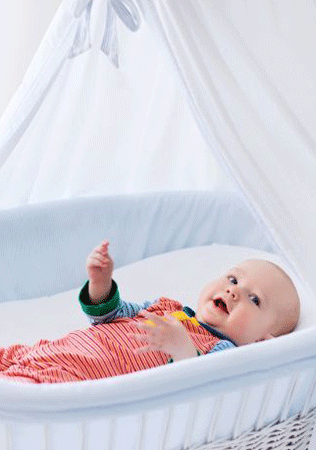
Lastly, place a low-wattage lamp that is close enough to be within reach when feeding or comforting your infant without being too much warmth. This provides some ambient light and eliminates shadows and early morning wake-up fears caused by total darkness.
Final Thoughts
A Pack & Play can be a safe and convenient sleep space for months, even years. Just be sure to follow safety guidelines, check weight limits, and transition your baby when the time is right.
Can a pack and play can’t be used in replacement of a crib.
Also, keep in mind that a pack and play can’t be used in replacement of a crib. A newborn baby can sleep in a playpen or pack and play as long as you feel comfortable with it. Some babies sleep better in a confined space, while others prefer more freedom of movement. As long as your baby is safe and comfortable, either option is fine.
Can you choose playpen for newborns sleep
If you choose to use a playpen or pack and play for your newborn, be sure to place your baby on his or her back to reduce the risk of sudden infant death syndrome (SIDS). Never place pillows or blankets in the playpen with your baby, because this poses a suffocation risk. Don’t leave any toys in the playpen that could present a choking hazard if they fall out when your baby starts to move around more.


